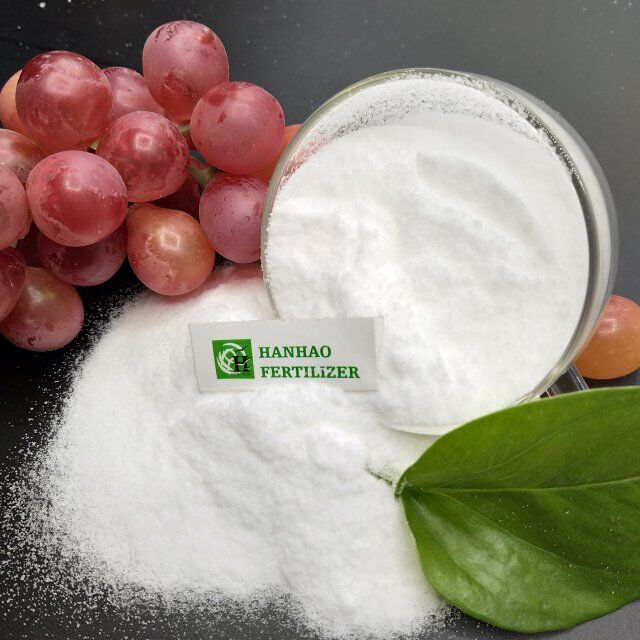
ديسمبر . 03, 2024 12:25 Back to list
30-10-20 fertilizer manufacturers
Understanding 30-10-20 Fertilizer A Comprehensive Guide
Fertilizers play a critical role in modern agriculture, providing essential nutrients to enhance plant growth and yield. One of the most popular formulations used by farmers and gardeners alike is the 30-10-20 fertilizer, recognized for its unique blend of nitrogen (N), phosphorus (P), and potassium (K). In this article, we will explore what 30-10-20 fertilizer is, its benefits, applications, and tips for usage.
What Does 30-10-20 Mean?
The numbers in the fertilizer formulation represent the percentages of the primary nutrients it contains. In the case of 30-10-20 fertilizer, the breakdown is as follows - 30% Nitrogen (N) This key nutrient is crucial for promoting vigorous growth, especially during the vegetative stage. Nitrogen helps in the synthesis of amino acids, proteins, and chlorophyll, which are vital for overall plant health. - 10% Phosphorus (P) Phosphorus supports root development, flower formation, and fruiting. It plays a significant role in energy transfer within the plant, aiding processes like photosynthesis and respiration. - 20% Potassium (K) Potassium is essential for overall plant functioning, enabling movement of water and nutrients. It also strengthens plant cell walls, helping improve disease resistance and overall vigor.
Benefits of Using 30-10-20 Fertilizer
1. Balanced Nutrition The specific nutrient ratio of 30-10-20 is particularly beneficial for fast-growing crops, such as vegetables and fruits. It provides a well-rounded nutrient profile that supports different growth stages.
2. Promotes Quick Growth The high nitrogen content in this fertilizer formulation helps promote rapid foliage growth, making it ideal for plants that require substantial green growth.
3. Flower and Fruit Development While nitrogen boosts foliage, the balanced phosphorus and potassium support flowering and fruit set, essential for crop production.
4. Versatility 30-10-20 fertilizer can be used in various settings, from home gardens to commercial agriculture, making it a versatile choice for many growers.
Applications of 30-10-20 Fertilizer
30-10-20 fertilizer manufacturers

30-10-20 fertilizer is commonly used in a variety of scenarios
- Vegetable Gardens It can be applied during the early stages of plant growth to ensure that leafy vegetables like lettuce and spinach receive sufficient nitrogen. - Fruit-bearing Plants It is also effective for fruiting plants like tomatoes and peppers, providing the necessary nutrients for strong growth and bountiful yield. - Lawns Many lawn care professionals use this fertilizer to encourage lush, green grass as it promotes vigorous growth while also bolstering root development.
Tips for Using 30-10-20 Fertilizer
1. Soil Testing Before applying any fertilizer, it is crucial to conduct a soil test to determine the existing nutrient levels. Over-fertilization can be harmful, so it's essential to understand what your soil needs.
2. Application Rate Follow the recommended application rates carefully. Generally, a lighter application is more beneficial than heavy doses, which can lead to nutrient runoff and potential environmental issues.
3. Timing Timing your fertilizer application is key. For many plants, applying during the early growing season or just before blooming can yield the best results.
4. Watering After applying 30-10-20 fertilizer, a thorough watering is critical. This helps the nutrients penetrate the soil, making them accessible to plant roots.
5. Follow-up Regularly monitor plant growth and health after fertilization. Adjust your fertilization schedule based on observed plant responses.
Conclusion
30-10-20 fertilizer is a powerful tool for anyone looking to enhance plant growth. Its balanced nutrient profile caters to a diverse range of crops, helping them flourish and produce well. By understanding its composition, benefits, and optimal application methods, growers can make informed decisions to support their agricultural practices effectively. Whether in a small garden or on a larger scale, using this fertilizer can lead to fruitful results.
-
10 10 10 Fertilizer Organic—Balanced NPK for All Plants
NewsJul.30,2025
-
Premium 10 10 10 Fertilizer Organic for Balanced Plant Growth
NewsJul.29,2025
-
Premium 10 10 10 Fertilizer Organic for Balanced Plant Growth
NewsJul.29,2025
-
Premium 10 10 10 Fertilizer Organic for Balanced Plant Growth
NewsJul.29,2025
-
50 Pound Bags of 13-13-13 Fertilizer for All Plants – Bulk & Organic Options
NewsJul.28,2025
-
High-Efficiency 15-30-15 Granular Fertilizer for Healthy Crops
NewsJul.28,2025
